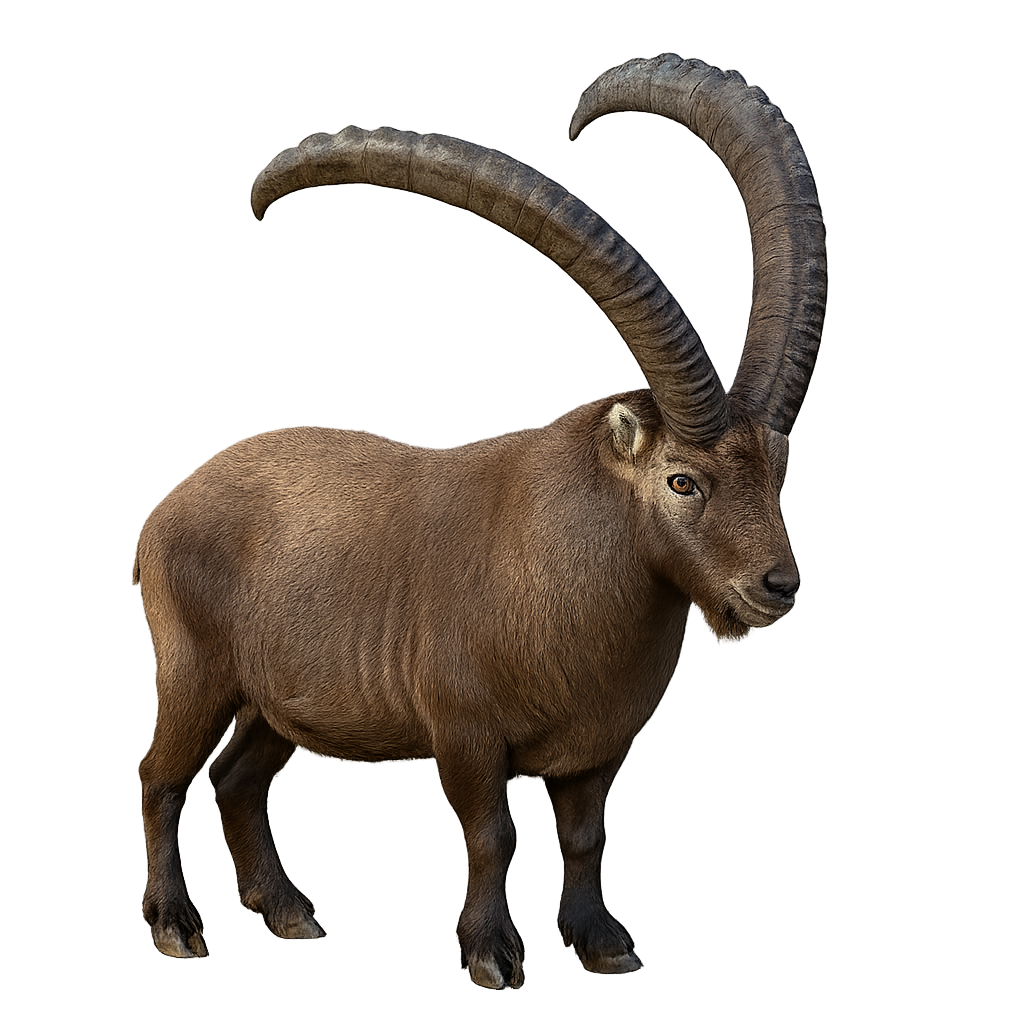Your wildlife photography guide.
Explore the alpine ibex in detail, study its behavior, prepare your shots.
Where to observe and photograph the alpine ibex in the wild
Learn where and when to spot the alpine ibex in the wild, how to identify the species based on distinctive features, and what natural environments it inhabits. The WildlifePhotographer app offers tailored photography tips that reflect the alpine ibex’s behavior, helping you capture better wildlife images. Explore the full species profile for key information including description, habitat, active periods, and approach techniques.
Alpine Ibex
Scientific name: Capra ibex

IUCN Status: Least Concern
Family: BOVIDAE
Group: Mammals
Sensitivity to human approach: Tolerant
Minimum approach distance: 50 m
Rut period: November to December
Gestation: 165-175 jours
Births: April to June
Habitat:
Alpine and subalpine rocky areas
Activity period :
Primarily active during the day, with peak activity in the morning and late afternoon.
Identification and description:
The Alpine Ibex is a large herbivorous mammal, easily recognized by its long, curved horns and light brown or grayish coat. It primarily inhabits the rugged mountains of the Alps, southern Europe, and some mountainous regions of the Middle East. The Alpine Ibex feeds on alpine vegetation, grasses, and woody plants, and it is particularly adapted to life at high altitudes due to its great agility on rocky terrain and its thick coat.
This animal is social and lives in family groups, although adult males, called "ibex", form separate groups. After nearly disappearing in the early 20th century due to overhunting, conservation programs have helped stabilize its population. However, it remains vulnerable to habitat loss and human disturbances.
Recommended lens:
300 mm – adjust based on distance, desired framing (portrait or habitat), and approach conditions.
Photography tips:
Approach slowly and discreetly, using a telephoto lens to avoid disturbing the ibex, a highly territorial and often cautious animal.
Photograph early in the morning or late in the afternoon, when the light is soft and the ibex is more active, often foraging on rocky slopes.
Capture moments of natural behavior: The ibex is an excellent climber, often observed on steep terrain or in rocky areas, offering great opportunities for dynamic photos.
Be patient and respectful: The ibex can be sensitive to human disturbances, especially during the breeding season, so be sure to maintain a respectful distance and wait for moments when it is less on guard.
The Alpine ibex is a protected species, having been reintroduced after a period of severe decline. It is essential to respect its natural habitat, not disturb its behaviors, and follow local conservation guidelines to preserve this iconic species of the mountains.
The WildlifePhotographer App is coming soon!
Be the first to explore the best nature spots, track rutting seasons, log your observations, and observe more wildlife.
Already 1 449 wildlife lovers subscribed worldwide

